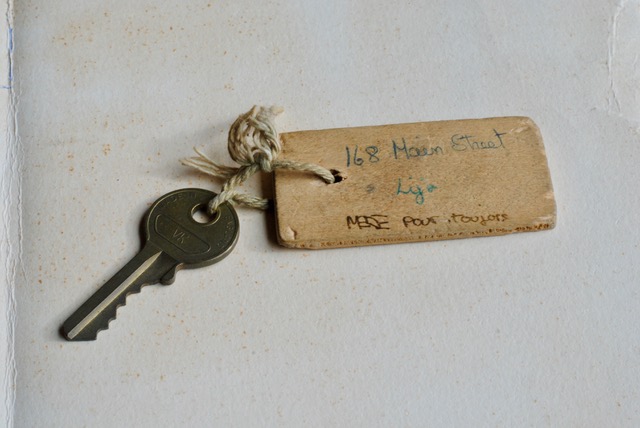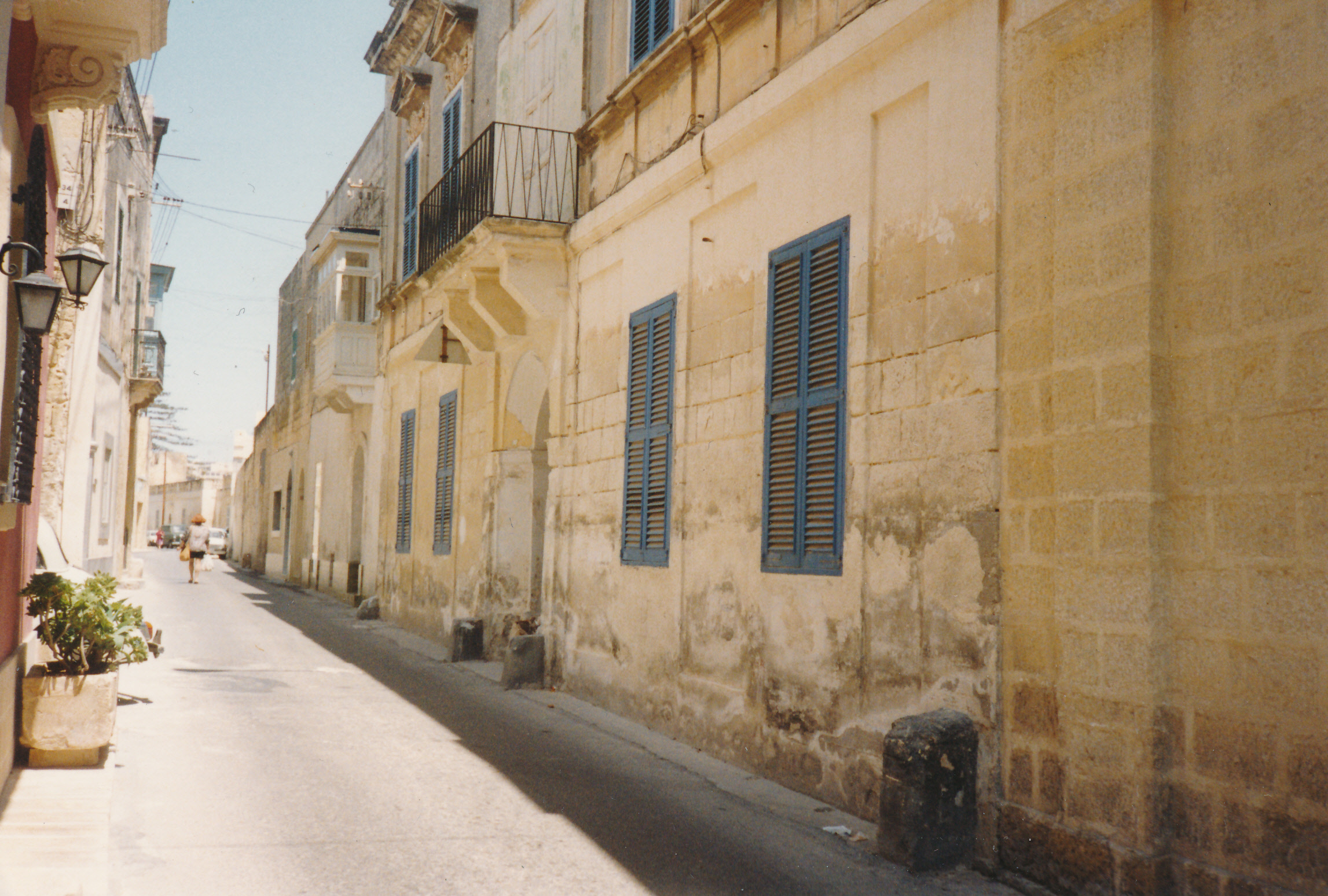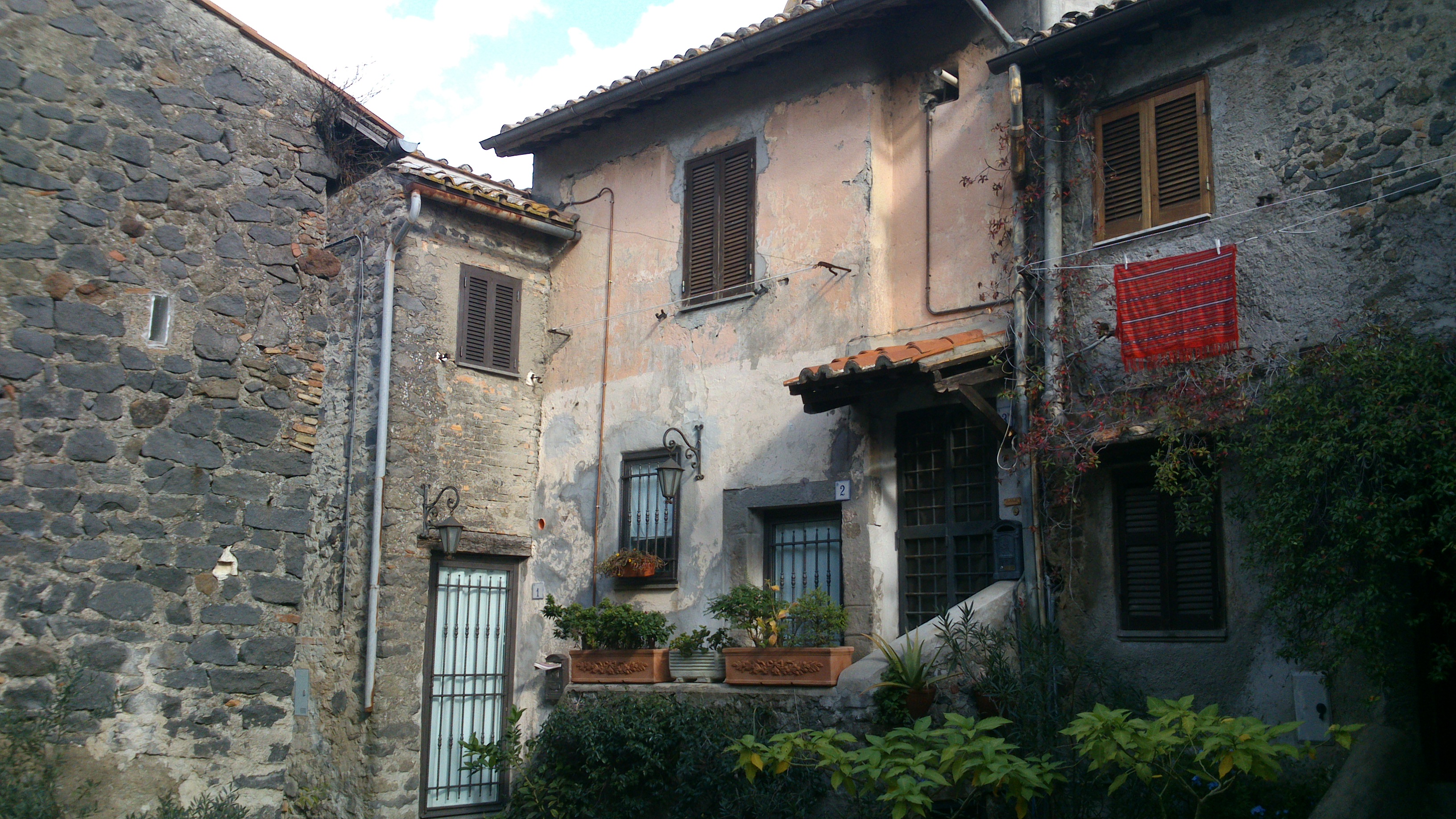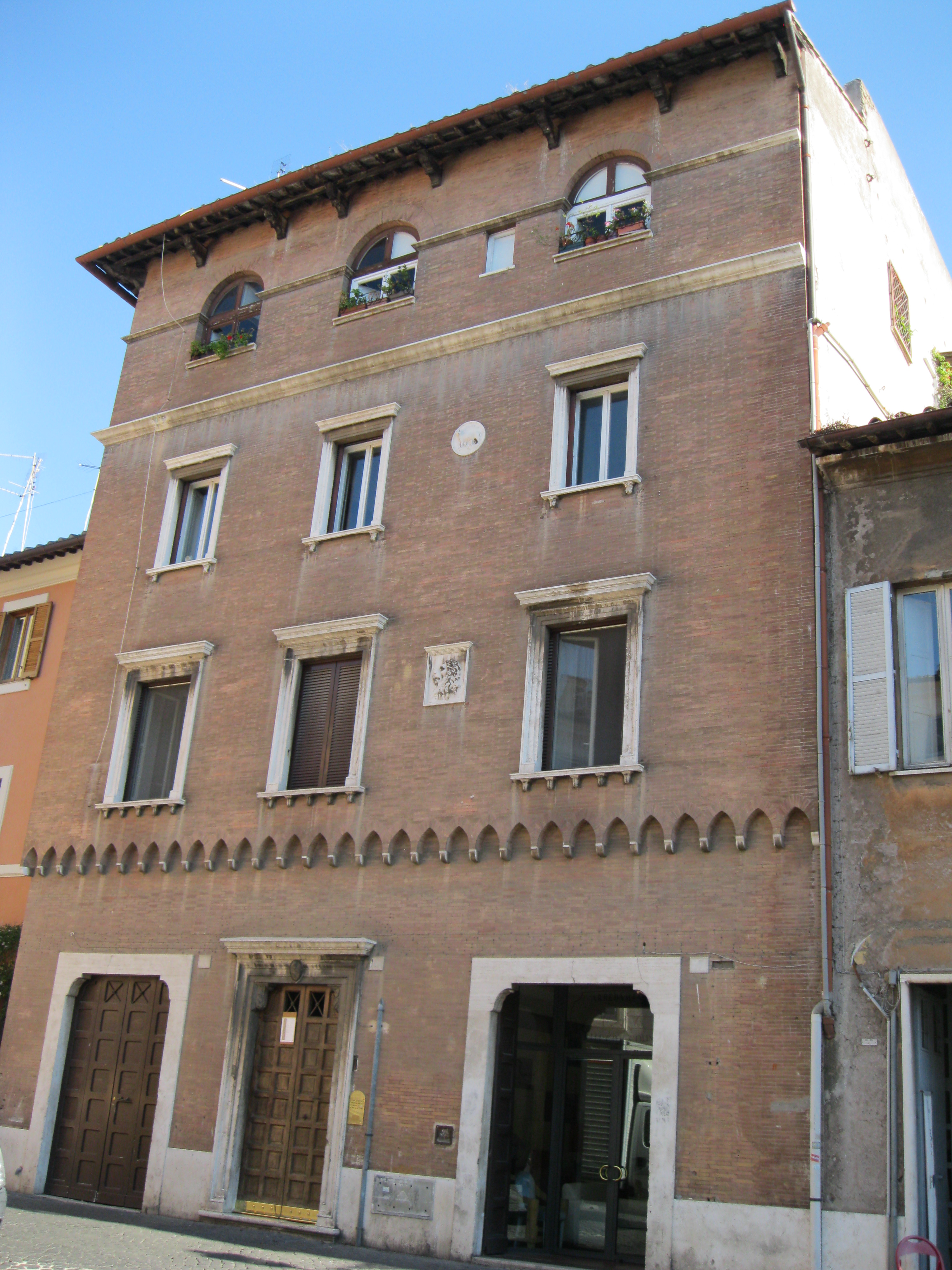Object of the Week: Burgess’s Keys
-
Graham Foster
- 18th April 2017
-
category
- Object of the Week

The archive at the International Anthony Burgess Foundation contains a box full of house keys, some of which date back as far as 1968. These keys are accompanied by a hand drawn chart that indicates the uses for several of the keys, and allows us to trace for which of his houses Burgess used them.

Between the time Burgess returned from his service in Gibraltar during the war and his death in 1993, he had over 16 different residences, many of which he owned. It was not until 1950 that Burgess owned his first house at 4 Water Lane in Adderbury, Oxfordshire, near to where he taught at Banbury Grammar School. Prior to this, Burgess lived at Brinsford Lodge near Wolverhampton, a residential college where he taught; and Bamber Bridge Teacher Training College near Preston, Lancashire.

The earliest identifiable key in the collection comes from 168 Main Street in Lija, Malta, where Burgess moved shortly after marrying Liana Macellari in 1968. This is the year in which he became a permanent expatriate. Burgess spent much of his time in his Maltese palazzo writing film scripts. He worked on never-produced adaptations of The Doctor is Sick and The Wanting Seed, and wrote a second draft of his Shakespeare musical The Bawdy Bard for Warner Brothers. This was not the only Shakespeare project that Burgess worked on in Malta: his biography of Shakespeare was completed at the address. He also began his novel MF (1971) after a suggestion by the actor and producer William Conrad that someone should update the Oedipus myth.

168 Main Street (pictured above) was eventually confiscated by the Maltese government after Burgess upset the conservative authorities with his 1970 lecture on censorship, Obscenity in the Arts.

While living in Malta, Burgess bought another house in Bracciano (pictured above), a town outside Rome, where he finished MF (the final chapter being set on the shore of Lake Bracciano). Burgess’s house at 1 and 2 Piazza Padella was built in the fifteenth century and was to be his main home for four years. There, he worked on the novel Napoleon Symphony (1974), and resumed his scriptwriting efforts with a stage play about Harry Houdini and his translation of Sophocles’s Oedipus the King. The keys to the Bracciano house remain in the collection, in an envelope labelled in Bettina Culham’s (Liana’s secretary’s) handwriting.

During the years he lived in Bracciano, he also rented a large flat at Piazza di Santa Cecelia in Rome (pictured below). This was the model for Ronald Beard’s accommodation in Beard’s Roman Women (1976). Across the square from the flat is Santa Cecilia in Trastevere, the church commemorating the martyr and patron saint of music. Burgess was given permission to play the organ in the church. There are keys in the collection labelled ‘Santa Cecilia’ (see top image).

There are several unidentifiable keys in the collection, but it seems likely that those to the door of Burgess’s large apartment at 44 rue Grimaldi in Monaco (pictured below) are included. This was Burgess’s primary residence from 1975 until 1993 when he returned to London after being diagnosed with lung cancer. The keys to Burgess’s country retreat at 6 rue des Muets in Callian, Provence could also be in the collection. Callian is the setting for sequences in Burgess’s novel The Pianoplayers (1986), and he worked on Beard’s Roman Women at the address.

The presence of these keys in the Burgess Foundation archive shows how important these homes were to Burgess. They inspired aspects of his fiction, and are described in letters and non-fiction. Burgess’s peripatetic lifestyle resembled that of Kenneth Toomey, his protagonist in Earthly Powers (1980), who says ‘Home. I felt the promise of the prick of tears at the word, sentimental, noble, nostalgic, yearning, what the hell does it matter?’




